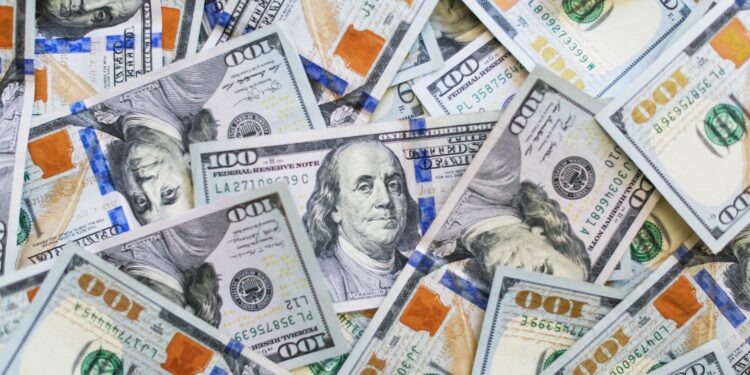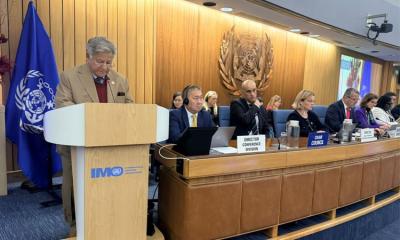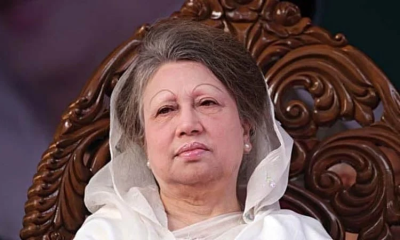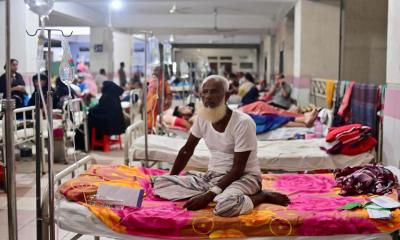Foreign exchange reserves fell by 1.3 billion to $20.49 billion in July. The amount at the end of June was 21.79 billion dollars. And net reserves fell to 15.47 billion dollars.
This information about July reserve has been published on the website of Bangladesh Bank on Thursday. Earlier every week reserve data was published but July data has been published after June.
The information about the depletion in foreign exchange reserves comes just two days after S&P Global downgraded Bangladesh`s rating amid persistent pressure on the country`s external accounts and deadly government job quota reform protests.
The US-based credit ratings agency lowered its long-term sovereign ratings on Bangladesh to B+ from BB-.
According to the data of Bangladesh Bank, the remittance received in the last month of July is 190 million dollars. In the previous month, June, its amount was 254 million dollars. This means remittances fell by $640 million compared to the previous month, which is about 34 percent lower. And in the same month of the previous year, remittances came in at 197 million dollars. Accordingly, it has decreased by 7 million dollars or 3.55 percent. Export income has decreased by 5.90 percent till last May. In such a situation, the foreign exchange reserves have come down again.
Bangladesh received a loan of 2.05 billion dollars last June from various sources including the IMF. By this, according to BPM6, net reserves at the end of June stood at 16.77 billion dollars. In early July, $1.42 billion was paid to the Asian Clearing Union (ACU).
For the first time in the country`s history, foreign exchange reserves crossed the $48 billion mark in August 2021. However, increased demand in the post-corona economy and the Russia-Ukraine war have led to dollar sales from reserves, reduced foreign debt and investment, and increased repayment of previous liabilities. In the last 3 fiscal years, the central bank sold 33.89 billion dollars. All in all, reserves are decreasing linearly.




-(28)-20251125210231.jpeg)














-(25)-20251122062715.jpeg)
-(25)-20251121051022.jpeg)


-(25)-20251122135712.jpeg)








